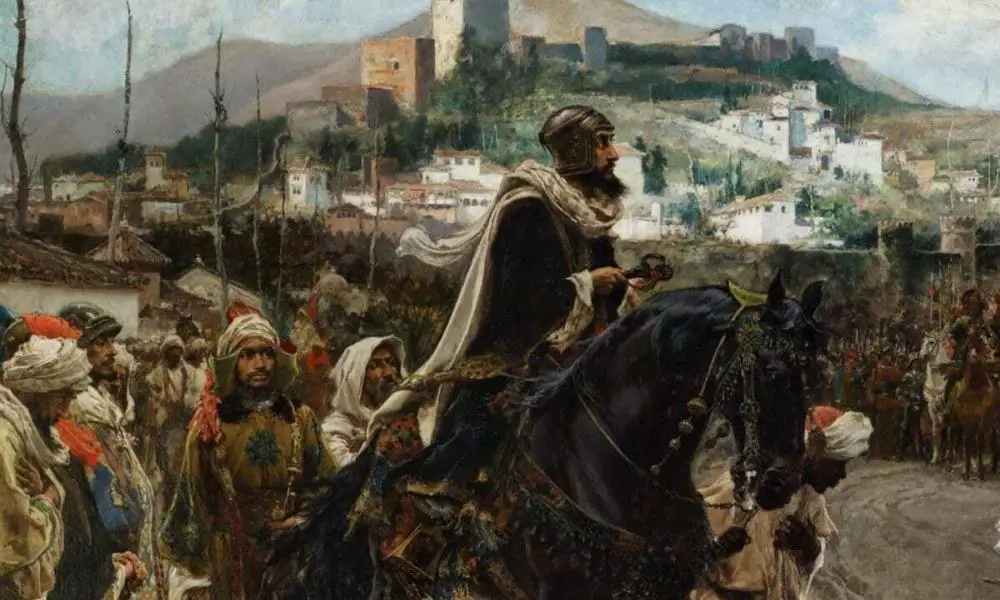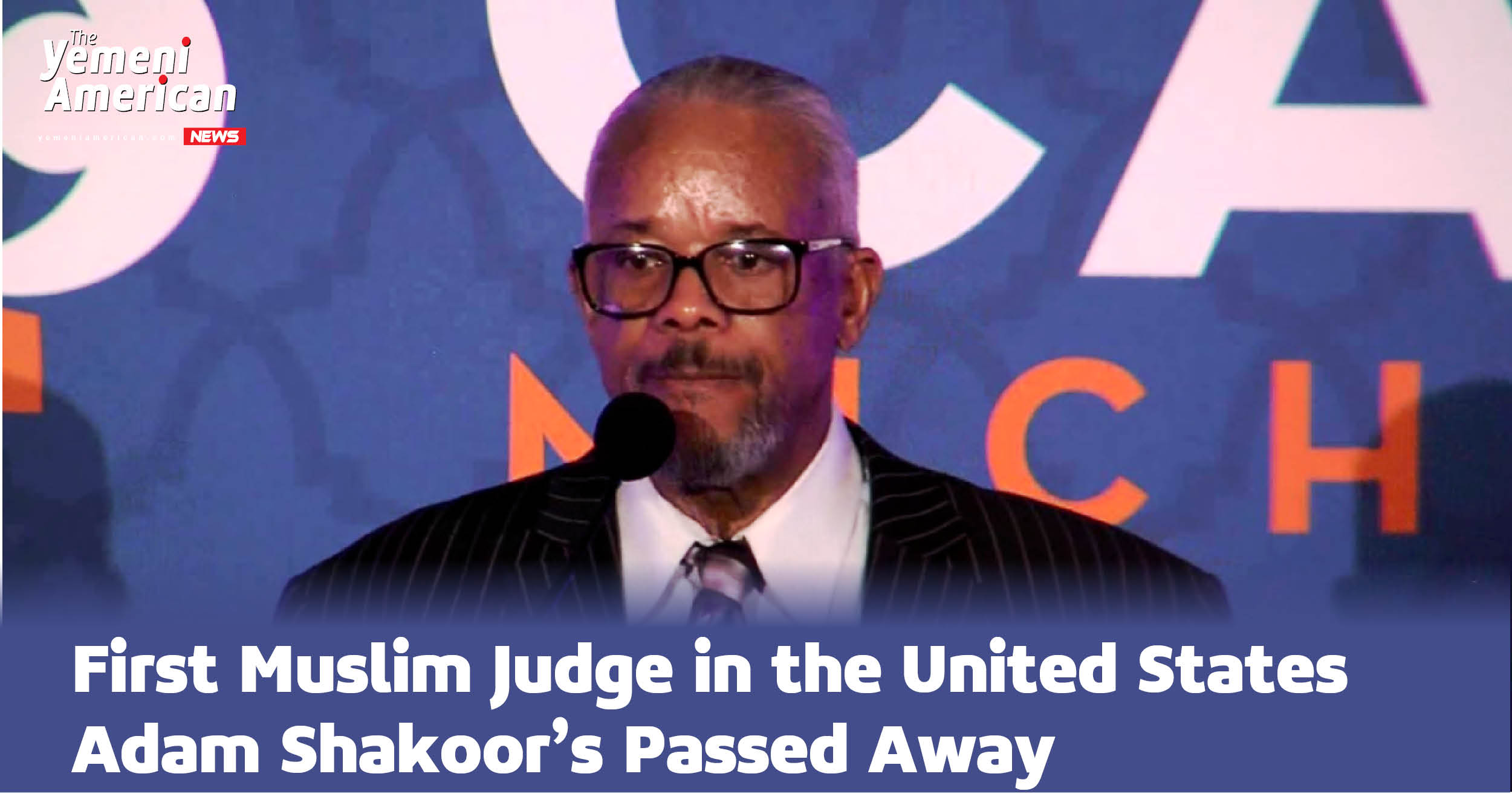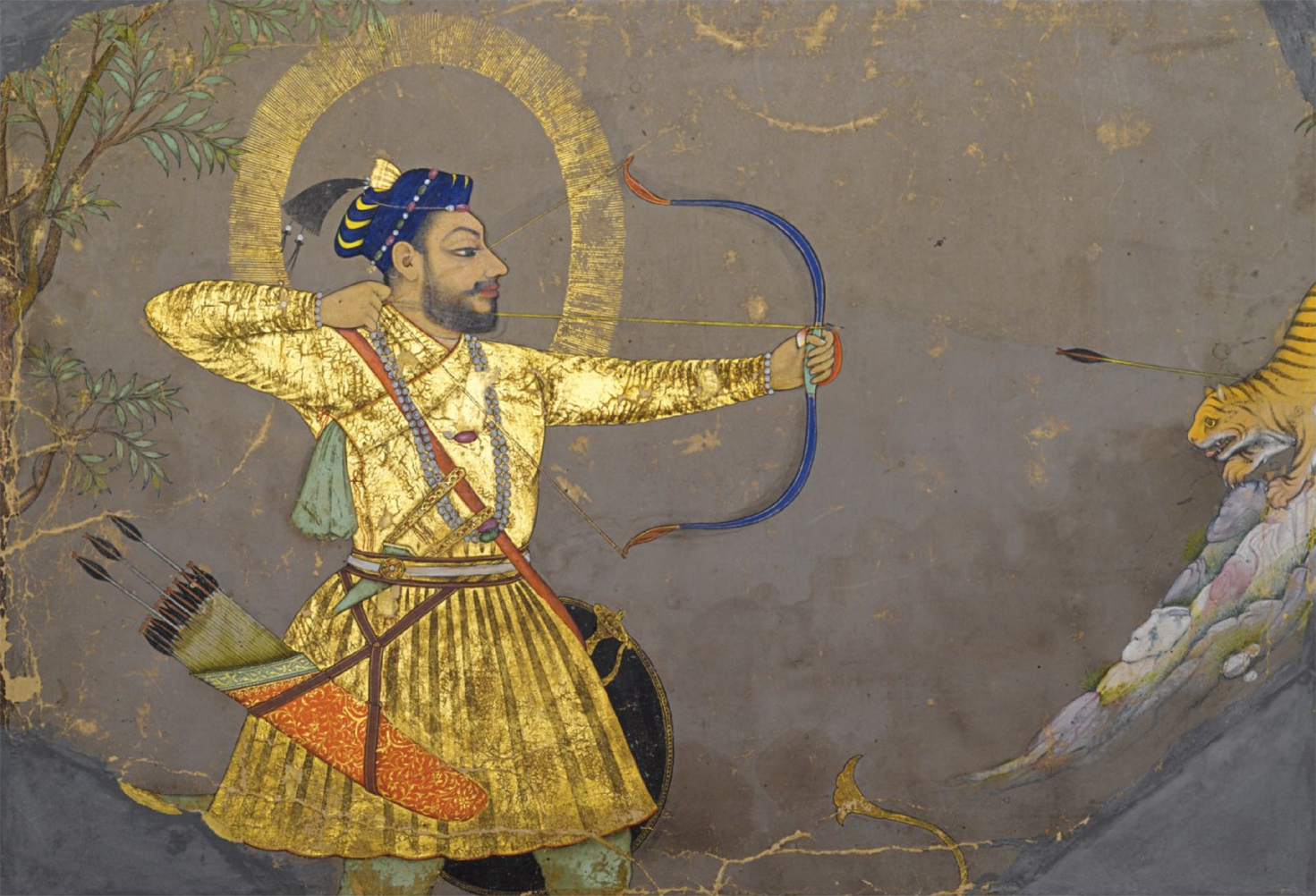
First Muslim King Story of Tubba Hadi Revelry YouTube
The main imperial or quasi-imperial rulers of North India are fairly clear from this point on, but many local rulers, and the situation in the Deccan and South India has less clear stone inscriptions from early centuries. Main sources of South Indian history is Sangam Literature dated from 600s BCE.

Sultana Razia (1236 1240) Sultana Razia (1236 1240) The first Muslim woman to rule India
Abu Ali ibn Muhammad (1011-1035 CE) was the first Muslim king of the Ghurid dynasty to construct mosques and Islamic schools in Ghor. IAS, IPS, or IFS: How to succeed faster? No. It's not by reading books! Know How

Which was the first Muslim dynasty that ruled India?
Upon arriving in Delhi, Ibn Battuta sought an official career from the Muslim king of India, Muhammad Tughluq. The king of India made a practice of appointing foreigners as ministers and judges. As Ibn Battuta traveled to the court in Delhi, 82 Hindu bandits attacked his group of 22; Ibn Battuta and his men drove them off, killing 13 of the.

Muslim King In India Great Donator Osman Ali Khan Great Donator In India YouTube
India was first conquered by the great Muslim Hero Muhammad Ibn al-Qassem al-Thaqafi . He was one of the four most eminent heroes in the Era of Caliph al-Walid Ibn Abdul Malik . The signs of intelligence, heroism and good management appeared on Muhammad Ibn al-Qassem when he was very young. This led al-Hajjaj Ibn Yusuf , who was a governor of.

First muslim President in india YouTube
v t e The Muslim conquests in the Indian subcontinent mainly took place between the 13th and the 18th centuries. Earlier Muslim conquests in the subcontinent include the invasions which started in what is now modern-day Pakistan, especially the Umayyad campaigns during the 8th century and the Rajput resistance to Muslim conquests .

First Muslim King Delhi Qutbuddinaybak Started Stock Photo 84800920 Shutterstock
Northern Mariana Islands. Islam is India's second-largest religion [5] with 14.2% of the country's population, or approximately 172.2 million people, identifying as adherents of in 2011 Census. [1] third-largest [6] [7] The majority of India's Muslims are making up around 15% of the Muslim population.

(PDF) کا تنقیدی جائزہ " The First Muslim The Story of Muhammad " لیزلے ہزلٹن کی کتاب Lesley
Hinduism - Islam, 11th-19th Century: The advent of Islam in the Ganges basin at the end of the 12th century resulted in the withdrawal of royal patronage from Hinduism in much of the area. The attitude of the Muslim rulers toward Hinduism varied. Some, like Fīrūz Tughluq (ruled 1351-88) and Aurangzeb (ruled 1658-1707), were strongly anti-Hindu and enforced payment of jizya, a poll tax on.

100 Greatest Muslim Kings in History YouTube
Babur ( Persian: بابر, romanized : Bābur, lit. 'tiger/panther'; Persian pronunciation: [bɑːbʊr]; 14 February 1483 - 26 December 1530; born Zahīr ud-Dīn Muhammad) was the founder of the Mughal Empire in the Indian subcontinent. He was a descendant of Timur and Genghis Khan through his father and mother respectively.

The last Muslim King in Spain HeritageDaily Heritage & Archaeology News
Razia Sultana Raziyyat-Ud-Dunya Wa Ud-Din ( Persian: سلطان رضیه الدنیا والدین) (died 15 October 1240, r. 1236-1240 ), popularly known as Razia Sultana, was a ruler of the Delhi Sultanate in the northern part of the Indian subcontinent. She was the first female Muslim ruler of the subcontinent, and the only female Muslim ruler of Delhi.

The Yemeni American » First Muslim Judge in the United States Adam Shakoor’s Passed Away
How Qutbuddin Aibak (1150-1210) Established the First Muslim Dynasty? Muizzuddin (Muhammad of Ghur) was succeeded by Qutbuddin Aibak a Turkish slave in 1206.He had played an important part in the expansion of the Turkish Sultanate in India after the Battle of Tarain (1192 AD).; Another slave of Muizzuddin, Yalduz, succeeded at Ghazni.As the ruler of Ghazni, Yalduz claimed to rule over Delhi as.

The First Muslim by Lesley Hazleton Bookworm Hanoi
Delhi sultanate, principal Muslim sultanate in north India from the 13th to the 16th century. Its creation owed much to the campaigns of Muʿizz al-Dīn Muḥammad ibn Sām (Muḥammad of Ghūr; brother of Sultan Ghiyāth al-Dīn of Ghūr) and his lieutenant Quṭb al-Dīn Aibak between 1175 and 1206 and particularly to victories at the battles of Taraōrī in 1192 and Chandawar in 1194.

First Muslim Rule in India How Muslim Invaded India? Explained Dhiraj Kumar YouTube
Marwan I A.H. 64-65 / A.D. 684-685 'Abd al-Malik A.H. 65-86 / A.D. 685-705 al-Walid I A.H. 86-96 / A.D. 705-715 Sulayman A.H. 96-99 / A.D. 715-717 'Umar II A.H. 99-101 / A.D. 717-720 Yazid II A.H. 101-105 / A.D. 720-724 Hisham A.H. 105-125 / A.D. 724-743 al-Walid II A.H. 125-126 / A.D. 743-744 Yazid III A.H. 126 / A.D. 744

India’s 10 greatest warrior Emperors and Kings All About History
The first Muslim contact with the subcontinent was in the 8th century ce. Muslim invasions began after c. 1000, establishing the long-lived Delhi sultanate in 1206 and the Mughal dynasty in 1526. Vasco da Gama 's voyage to India in 1498 initiated several centuries of commercial rivalry between the Portuguese, Dutch, English, and French.

Offa, Islam, King
The king's duty was to protect the people, uphold the varna social order, sacrifice to the traditional Vedic deities, and show devotion to Shiva or Vishnu.. The Delhi sultans, then, were the sovereign rulers of the first major Muslim state in India, one that would last for three hundred years.

The First Muslim
Cheraman Juma Majsid or Malik Deenar Juma Masjid located in Kerela is the first mosque of India, built during the lifetime of Prophet Muhammad in 629 AD. The historic mosque was built in the typical Kerala style and is one of the best-kept architectures in the district.

Islamic Invasion Of India The Greatest Genocide In History. Politics Nigeria
AYBAK, QOṬB-AL-DĪN, founder of the Moʿezzī or Slave Dynasty and the first Muslim king of India, also called Ībak (moon chieftain) and Aybak Šel (lit., of the damaged little finger; this interpretation of the name is preferred by Thomas, Pathān Kings of Delhi, p. 32).In the second half of the 6th/12th century, while still a boy, he was brought from Turkestan to Nīšāpūr and sold to.